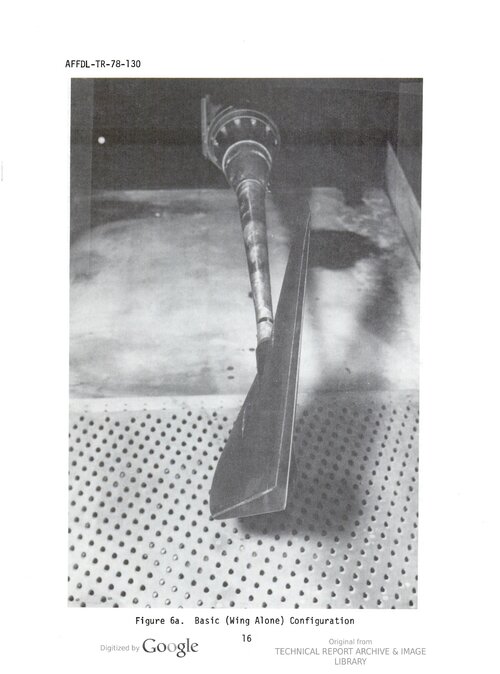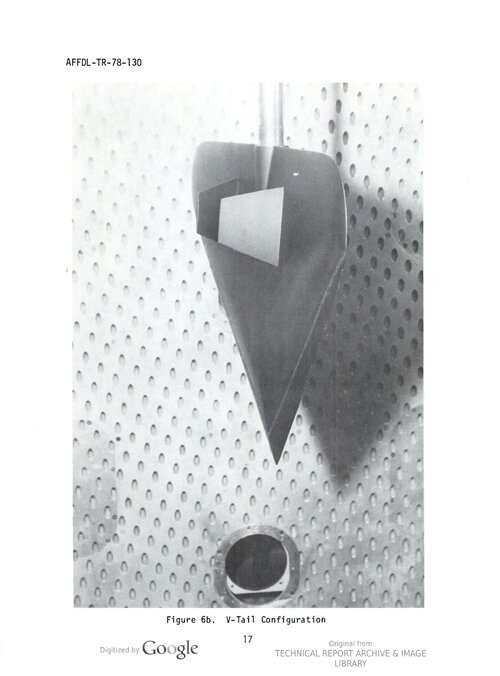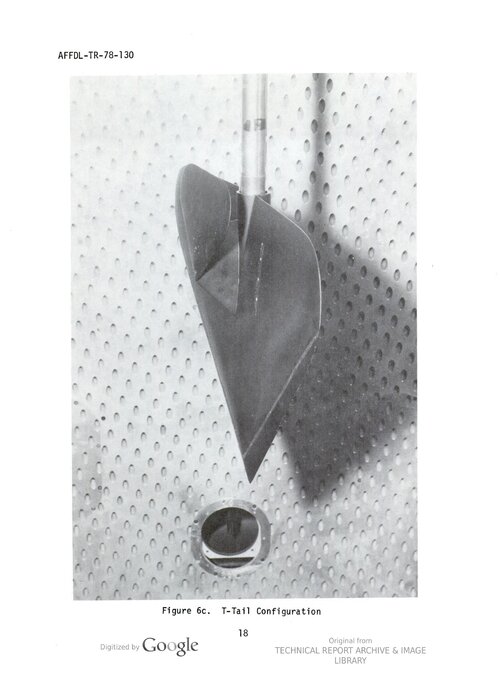AD - C016 397 Fld . 17/4 , 1517
CALSPAN CORP BUFFALO NY
TACTICAL HIGH ALTITUDE PENETRATOR (THAP) SURVIVABILITY ANALYSIS .(U)
Final rept. 15 Nov 76-20 Apr 77,by A. R. Kidder, M. C. Young and T. H. Mellenger. Jul 77 , 149p.
Řept. no CALSPAN -KB-5981-X-2
Contract F33615-76 - C - 1212 , Proj. 1207 , Task03
AFFDL TR-77-93
Secret report
Descriptors: * Penetration aids, “ Radar jamming, Expendable, Aircraft defense systems, Tactical aircraft, High altitude, Radar cross sections, Survival (General),Threat evaluation , Antiaircraft missiles, Sur face to air missiles, Search radar, Digital simulation , Tactical analyses
Surface - to - air missile (SAM) system threats were analyzed to determine which ones were viable threats and under what conditions they would be a threat to a very low signature, very high altitude aircraft (THAP). The cost of balloon - borne expendable jammers targeted against search and height finder radars to aid the penetration of THAP was calculated. The first task determined which SAM systems could engage THAP. The second task evaluated tactics and countermeasures which would be appropriate to prevent successful engagements of THAP by SAM systems. To evaluate tactics and countermeasures to protect THAP, digital electronic warfare models up dated to 1990 threat systems, were used with aircraft radar cross section (RCS) estimates provided by AFAL, and aircraft altitude, speed , and roll estimates provided by AFFDL. The costs of expendable jammer systems to adequately protect THAP in a specified corridor as a function of conflict duration were calculated . Computation of penetration aid costs involved parametric balloon borne expendable characteristics ( electronics, batteries, and platforms) provided by ASD , AFAPL, and AFFDL and standard meteorological data .Estimates of the costs of aircraft to deliver the penetration aids were made assuming the very low signature aircraft were used to dispense the expendable jammers. (Author) (U)




